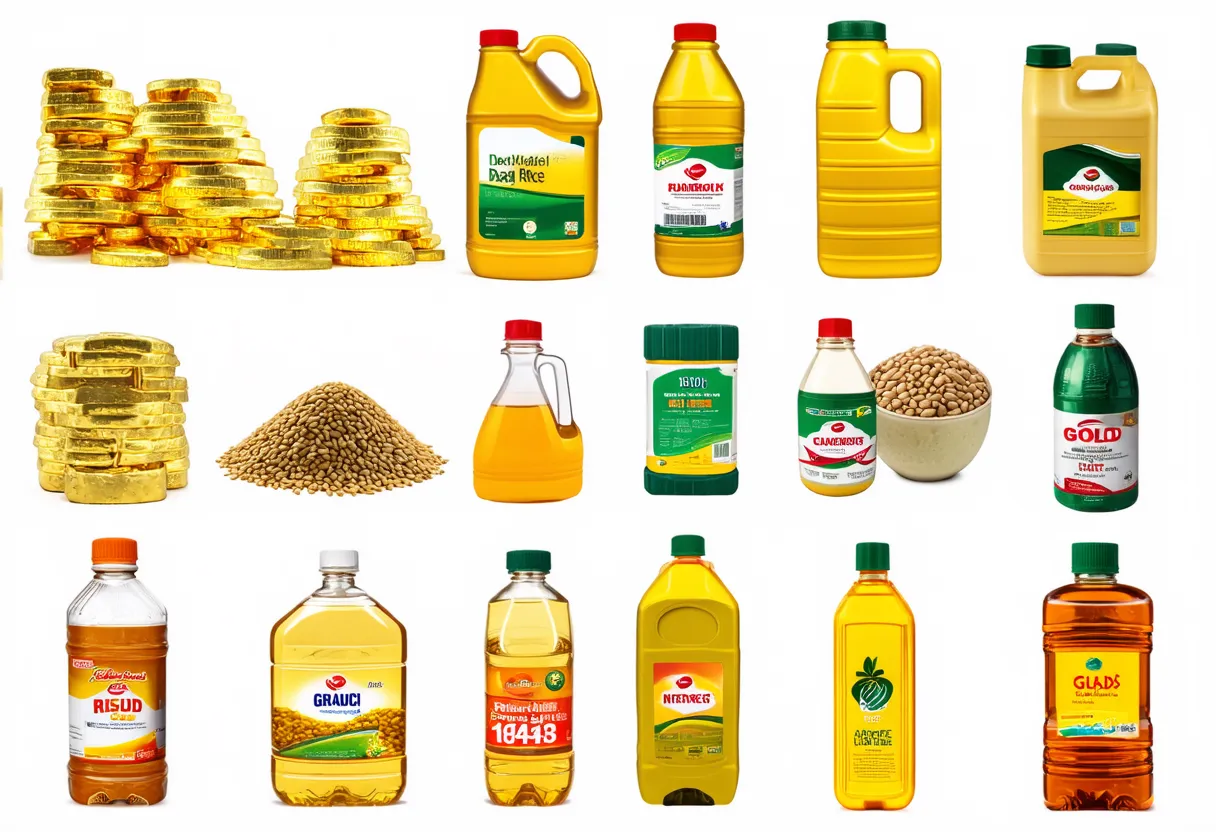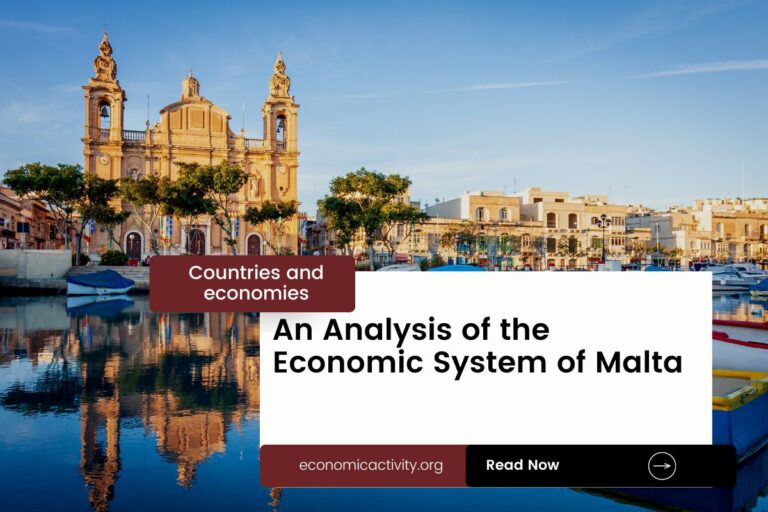Nepal, with a population of 30,547,580, is ranked 48th in the world, just behind Mozambique. Located in South Asia, it covers 147,180 square kilometers, ranking 90th globally, just below Bangladesh.
Nepal’s economic position in 2022 is notable, with a GDP of $40,828,247,303.53, ranking 98th globally. It follows Latvia, whose GDP stands at $40,932,030,049.56. In terms of GDP per capita, Nepal ranks 159th with $1,336.55. It is behind Zambia, which has a GDP per capita of $1,456.90.
Despite facing challenges, Nepal’s economy shows potential for growth and development in various sectors, positioning the country for future prosperity.
What are the economic activities of Nepal?
- Primary activities: 27% of GDP.
- Secondary activities: 13.5% of GDP.
- Tertiary activities: 59.5% of GDP.

Primary Sector of Nepal
Nepal’s primary sector thrives on agriculture due to its diverse climate and abundant natural resources. Approximately 28.75% of the country’s land is dedicated to agriculture, with top products like rice, vegetables, potatoes, and sugarcane. Despite contributing 27% to the GDP, agriculture remains vital to the economy.
The sector’s variety includes maize, wheat, bison milk, milk, mangoes, and guavas, showcasing its importance and sustainability.
Nepal’s diverse geology contributes to a rich array of natural resources. The primary sector thrives on quartz, water, timber, and hydropower. Scenic beauty enhances tourism, while small deposits of lignite, copper, cobalt, and iron ore support the economy.
Secondary Sector of Nepal
What is the secondary sector or what are secondary activities?
The secondary sector involves industries that create finished products from raw materials for consumption. In Nepal, main industrial products include carpets, textiles, rice mills, jute mills, sugar mills, oilseed mills, cigarettes, cement, and brick production. These products are manufactured for domestic consumption and export.
Manufactures make up 47.52% of Nepal’s total exports in 2023, indicating their significant role in the economy, driving growth and creating jobs.
Tertiary sector of Nepal
What is the tertiary sector or what are tertiary activities?
The tertiary sector in Nepal encompasses various services that enhance productivity and cater to needs. Main activities include healthcare, education, banking, tourism, transportation, and telecommunications. These services offer intangible goods like expertise and advice, crucial for the country’s economic growth and development.
Specifically, Nepal’s economy heavily relies on tourism. With 1,197,000 annual arrivals, contributing 0.0392 of the population, this sector plays a crucial role. Popular destinations include the majestic Himalayas, with Mount Everest, and the vibrant Kathmandu Valley, renowned for its rich cultural heritage and ancient temples.
Another example of tertiary economic activity is the mobile cellular sector, with over 38 million subscriptions, supporting technological growth. This connectivity fosters innovation and enhances access to digital services, driving economic development.
Military Activities and Economic Sectors of Nepal
The military is a good example of many economic activities. In the primary sector, resources are extracted for military use, like metals for weapons. The secondary sector involves manufacturing military equipment, such as vehicles and weapons. The tertiary sector includes services provided by the military, like training and logistics. The quaternary sector focuses on military research and development, while the quinary sector deals with high-level military decision-making and strategy.
In Nepal, the most recent annual military expenditure is 418.9 million US dollars, which is 1.13% of the country’s GDP. The active military force has 96,600 personnel, giving a ratio of 3.8 active military members per 1,000 people in the population.
Biggest company in Nepal
Which is the biggest company in Nepal? The largest company is Equinor, valued at approximately $117.87 billion. It operates in the energy industry, focusing on oil and gas production. Equinor was founded in 1972 and plays a crucial role in the country’s economy.
International Trade of Nepal
Import Activities of Nepal

Nepal’s high import activities, accounting for 42.64% of GDP, play a crucial role in meeting domestic demand and supporting economic growth.
Nepal’s major import activities include sourcing refined petroleum, natural gas, gold, rice, and soybean oil. The country primarily imports from India (64%), followed by China (13%), UAE (3%), Indonesia (2%), and the US (2%).
Exports Activities of Nepal

Nepal’s total exports in 2023 amounted to $2.76 billion, representing 6.76% of its GDP. With export activities contributing less than 15% to the economy, their importance is relatively low, indicating potential for growth and economic diversification.
Nepal primarily exports palm oil, soybean oil, garments, synthetic fibers, and knotted carpets. Its main export partners are India (67%), US (11%), Germany (3%), Turkey (2%), and UK (2%).
Nepal economy challenges in 2024
Nepal, a low-income South Asian economy, faces challenges in 2024. Post-conflict fiscal federalism brings stability, but COVID-19 impacts trade and tourism. Current account deficits widen, and the environmentally fragile economy struggles post-earthquakes. Growing Chinese relations and investments add complexity.




Leave a Reply